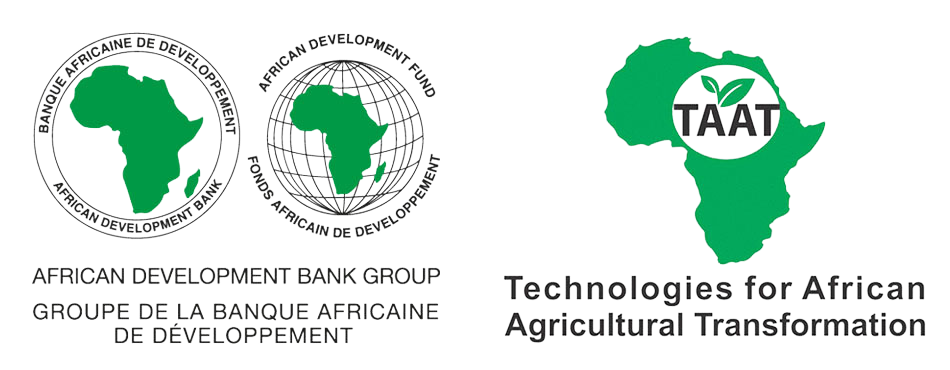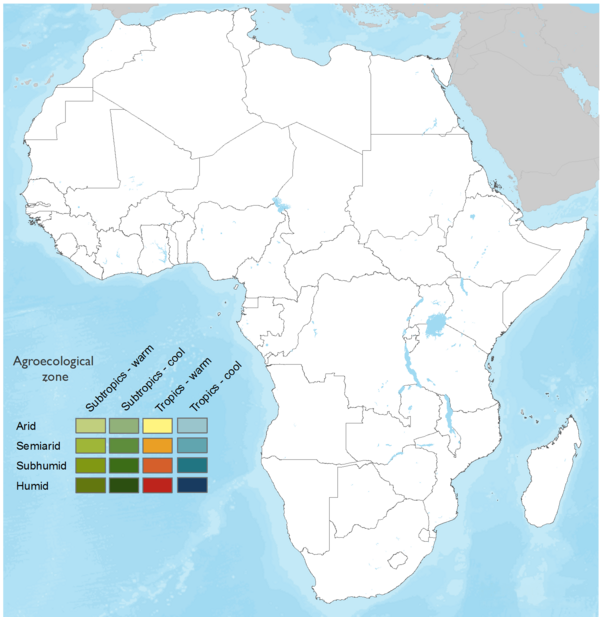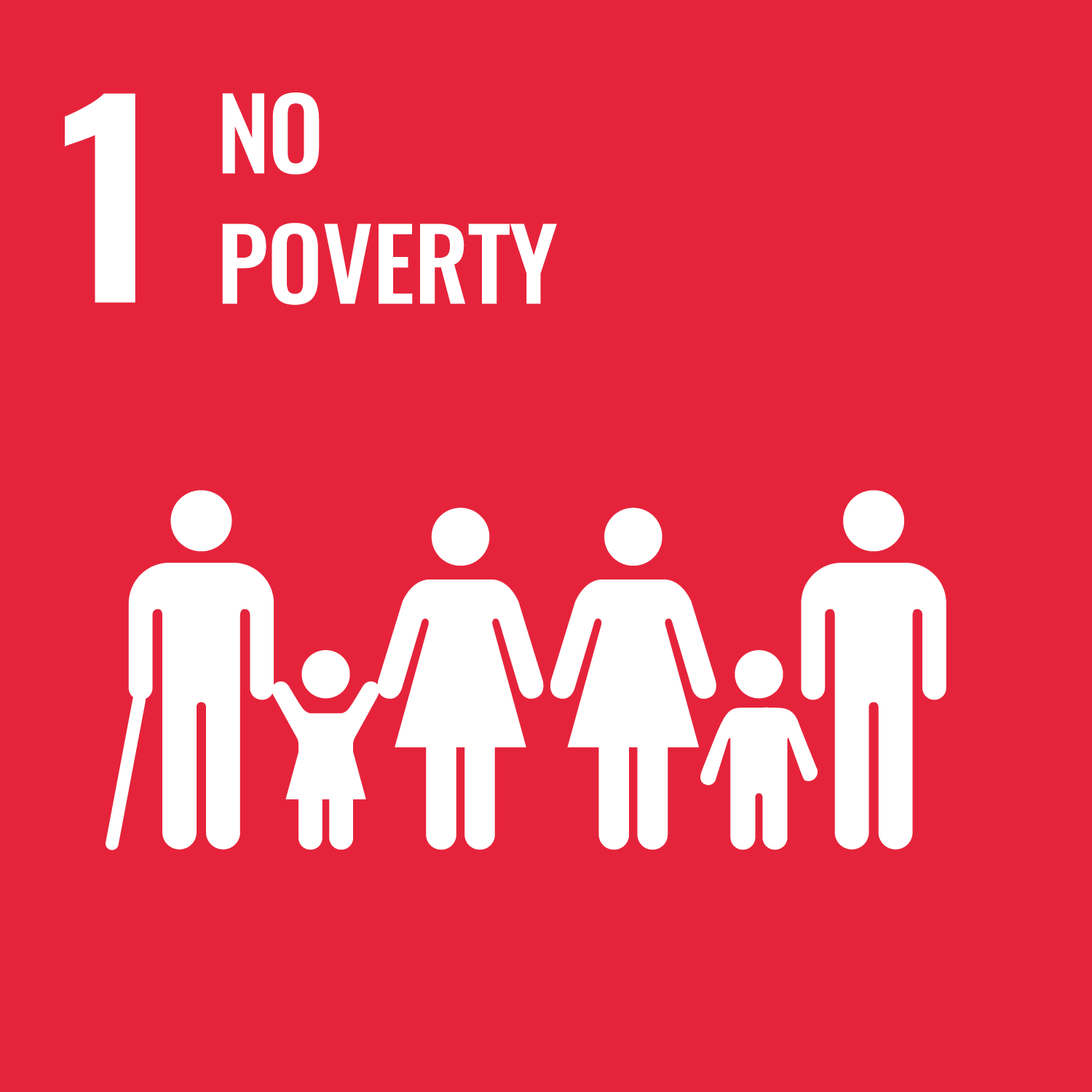

Mitigating Africa’s worst pest threat to food security by revolutionizing crop protection with a biological and sustainable weed control alternative.
This technology is a selective biological herbicide that farmers apply as a seed coating to boost their crop yields. This groundbreaking innovation is one of the first bioherbicides to be commercialized worldwide. It uses strains of a specific Kenyan fungus, Fusarium oxysporum f.sp. strigae, which have been selected for their ability to over-produce certain amino acids that kill Striga (witchweed) without harming maize. Normally, Fusarium oxysporum isn’t strong enough to protect crops from Striga. However, by choosing a strains that over-produces specific amino acids, the fungus can effectively reduce Striga infestation and restore crop yields. This is the first technology to combine the benefits of amino acid inhibition with fungal pathogens.
This technology is validated.
Retail prices to treat 2kg of maize seed
Yield increased
This technology is beneficial for resellers and farmers
Resellers
Selling the Striga bioherbicide not only provides a valuable product but also fosters closer engagement with users while significantly reducing yield losses during maize cultivation.
To successfully navigate this market, you need to know where to source the bioherbicide in bulk, identify efficient transportation methods, and explore suitable storage facilities. As the technology is available in several countries, including Kenya, estimate the delivery cost to your country and account for import clearance and duties if relevant.
Your potential customer base includes small local retailers, development projects, producers, and producer cooperatives or associations.
For farmers, the technology is priced at 15.50 USD to treat 10 kg of maize seed, 7.25 USD for 5 kg, and 3.10 USD for 2 kg.
Establishing strong partnerships with Striga bioherbicide manufacturers and transportation providers is crucial.
Farmers
Using this Striga bioherbicide offers a safer and more environmentally sustainable alternative to chemical pesticides, reducing exposure to harmful chemicals for agricultural workers while enhancing maize productivity.
Given its availability in Kenya, it is essential to factor in delivery expenses and possible import duties.
Regarding cost estimation, the technology is priced at 15.50 USD to treat 10 kg of maize seed, 7.25 USD for 5 kg, and 3.10 USD for 2 kg.
To maximize outcomes, it is advisable to combine this technology with other agricultural practices and to use improved maize variety.
Adults 18 and over: Positive high
The poor: Positive high
Women: Positive medium
Climate adaptability: Highly adaptable
Farmer climate change readiness: Significant improvement
Scaling Readiness describes how complete a technology’s development is and its ability to be scaled. It produces a score that measures a technology’s readiness along two axes: the level of maturity of the idea itself, and the level to which the technology has been used so far.
Each axis goes from 0 to 9 where 9 is the “ready-to-scale” status. For each technology profile in the e-catalogs we have documented the scaling readiness status from evidence given by the technology providers. The e-catalogs only showcase technologies for which the scaling readiness score is at least 8 for maturity of the idea and 7 for the level of use.
The graph below represents visually the scaling readiness status for this technology, you can see the label of each level by hovering your mouse cursor on the number.
Read more about scaling readiness ›
Uncontrolled environment: validated
Used by some intended users, in the real world
| Maturity of the idea | Level of use | |||||||||
| 9 | ||||||||||
| 8 | ||||||||||
| 7 | ||||||||||
| 6 | ||||||||||
| 5 | ||||||||||
| 4 | ||||||||||
| 3 | ||||||||||
| 2 | ||||||||||
| 1 | ||||||||||
| 1 | 2 | 3 | 4 | 5 | 6 | 7 | 8 | 9 | ||
| Country | Testing ongoing | Tested | Adopted |
|---|---|---|---|
| Cameroon | Testing ongoing | –Not tested | –Not adopted |
| Ethiopia | Testing ongoing | –Not tested | –Not adopted |
| Ghana | Testing ongoing | –Not tested | –Not adopted |
| Kenya | –No ongoing testing | Tested | Adopted |
| Nigeria | Testing ongoing | –Not tested | –Not adopted |
| Uganda | Testing ongoing | –Not tested | –Not adopted |
This technology can be used in the colored agro-ecological zones. Any zones shown in white are not suitable for this technology.





| AEZ | Subtropic - warm | Subtropic - cool | Tropic - warm | Tropic - cool |
|---|---|---|---|---|
| Arid | – | – | ||
| Semiarid | – | – | ||
| Subhumid | – | – | – | – |
| Humid | – | – | – | – |
Source: HarvestChoice/IFPRI 2009
The United Nations Sustainable Development Goals that are applicable to this technology.







Kichawi Kill is administered by:
Last updated on 7 April 2025